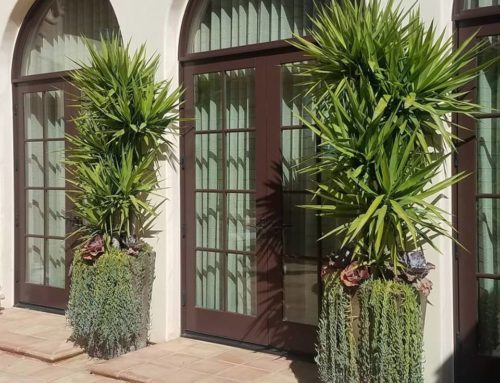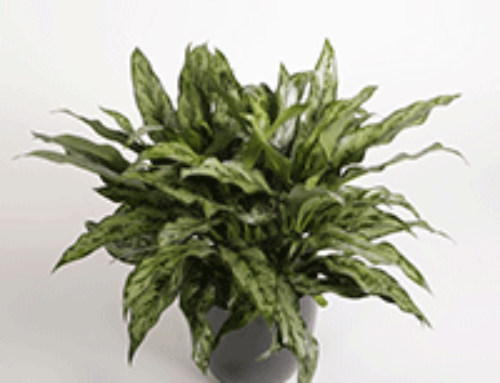Palms, in general, are ancient tropical and subtropical plants that are graceful symbols of the warm regions of the world. Chamaedorea is a genus of 107 species of palms, native to subtropical and tropical regions of the Americas. They are small palms and grow naturally in the understory of the rain forests, making these plants ideal for use indoors. C. falcifera’s tropical, upright stature would fit any room usually grown 5-7’ tall and 2-3’ wide.
Fun, fabulous falciferas
The C. falcifera tolerates drought and has the ability to endure slightly darker environments. Its elegantly paired leaves, natural sheen, and slight arching foliage add a new and fresh texture to our palette.
Signs of water stress show as brown tips. Symptoms of too much water will show as yellowish tips. The yellowing will creep up the fronds until the whole frond needs to be removed.
Each interiorscape setting has slightly different conditions and as a technician, you must be sensitive to those subtle changes and adjust your watering to fit. Watch for the signs of overwatering which can be yellow/brown frond tips that appear wet looking, perhaps ringed with yellow. Brown or gray new growth and of course root and stem rot are also signs of chronic overwatering.
Plant basics
All palms benefit from cleaning. Keep them healthy and clean by washing or wiping the fronds using mild castile soap and water. Don’t use leaf shine for all palms are very sensitive to chemicals. Besides, palms aren’t supposed to be shiny; a dull finish is a natural look for a palm. Try using diaper wipes, white gloves or tube socks for a quick wipe down.
They do need to be fertilized at least twice per year if in good light and re-potted (or at least some fresh soil added every couple of years to keep the roots from using up every bit of soil and then drying out.






